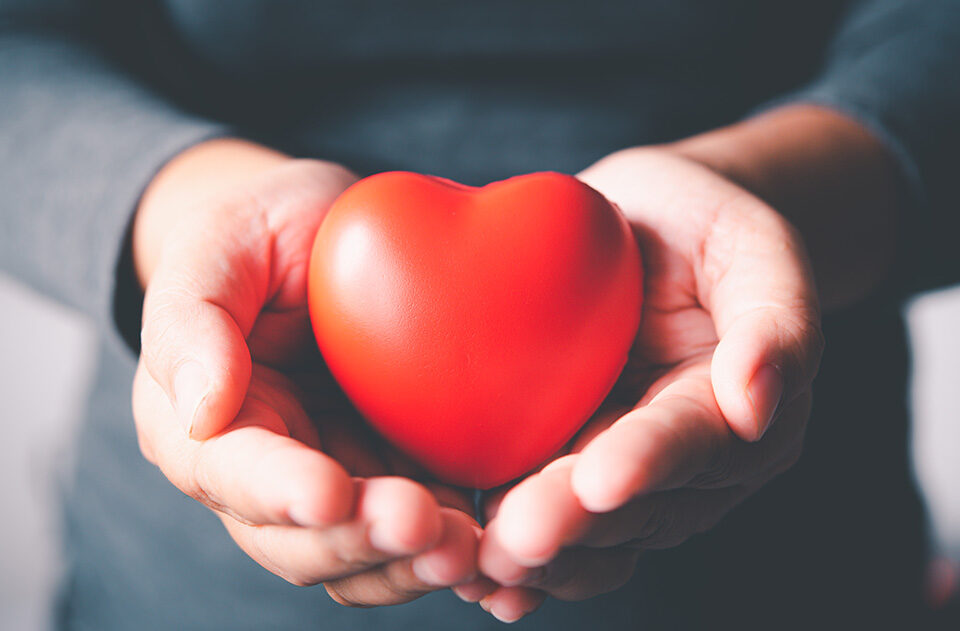Candida Overgrowth (What it is and How to Treat it)

The topic of yeast or fungal infections is often an uncomfortable one. Most people think that this ailment only affects women; but the reality is that men can also suffer from this type of infection. Let’s take the stigma away from this subject and delve a little deeper in order to understand what candida overgrowth really is.
What Is Candida Overgrowth?
Candida yeast overgrowth, also known as Thrush, is a fungal infection from a type of yeast/fungus. Some types of candida can lead to infections, the most common being candida albicans. Candida lives on our skin as well as inside our bodies (including the throat, mouth, gut, and vagina) without causing any problems. A yeast infection is when it grows out of control or enters deeper into the body (like our bloodstream or internal organs such as the kidneys, heart, or brain).
How Do You Know if You Have Candida Overgrowth?
Usually, the bacteria in our bodies keeps candida levels controlled, however there are a few factors that may cause a yeast infection in both males and females:
- Taking antibiotics
- Eating a high sugar and refined carb diet
- Drinking too much alcohol
- Taking oral contraceptives
- Having a weak immune system
- High stress levels
- Diabetes
- Poor Hygiene or exposing the body too wet, sweaty clothes or shoes.
- Being obese and having folds in the skin that promote candida growth due to heat, moisture and darkness.
When these factors come into play, candida overgrowth is possible for any gender. Here are some yeast infection symptoms to watch out for:
Oral Thrush
When there is candida overgrowth in the mouth, it is referred to as “Oral Thrush.” Usually, this affects newborns, the immune-compromised, and people with poor oral hygiene. Symptoms often include developing white patches with bumps on your tongue, gums, inner cheeks, throat or tonsils. There can also be soreness or redness of the mouth. If left untreated, the candida can spread to the esophagus or make it difficult to swallow.
Recurring Urinary Tract or Genital infections
Most women naturally have candida in their vaginal tracts. If it spreads, a yeast infection develops. Statistically, 75% of all women will have at least one yeast infection during their lifetimes; half of those will have a recurrence. Men can also develop genital yeast infections. Symptoms of genital yeast infections include redness, itching, burning, swelling, white discharge, and painful intercourse. If left untreated, a urinary tract infection (UTI) may develop.
Issues with Digestion
Our digestive system relies on a balance of good and bad bacteria in our gut. When these bacteria are imbalanced, it is common to experience digestive issues such as constipation, nausea, cramps, diarrhea, bloating and gas. Studies have shown a correlation between candida overgrowth and gastrointestinal tract diseases, such as irritable bowel disease, Crohn’s disease and ulcerative colitis.
Nail and Skin Infections
Cosmetics, moisturizers, and soaps can sometimes alter skin conditions causing Candida overgrowth. This can affect any part of the body, although the armpit and groin area are particularly prone to infection due to being moist and warm. Fungus of the toenails can occur with constant exposure to increased moisture by wearing closed-toed shoes.
Sinus Infections
Common symptoms of a sinus infection are congestion, runny nose, headache and/or loss of smell. Usually long-term infections are caused by a fungal infection, such as candida. Normally, antibiotics are prescribed for treating sinus infections but this can sometimes make fungal infections worse. If you suffer from a sinus infection longer than a month, candida may be the culprit.
Joint Pain
If candida spreads to the bloodstream and travels throughout the body, the result may be pain in your joints as well as arthritis. This usually happens when candidiasis is left untreated for long periods of time. The symptoms can include pain, stiffness, and swelling in the joints, usually in the knee and hip areas.
Male Candidiasis
Although more rare than in women, men can also develop yeast infections. This can lead to a condition known as Balanitis, which is inflammation of the head of the penis. The usual transmission of this infection is by having unprotected sex with a partner suffering from a yeast infection. Balantis is more common in uncircumcised men and in infant boys.
Signs of Male Candidiasis are:
- Irritation, itching or a burning sensation on the penis tip or under the foreskin.
- Red areas or red patches on the penis.
- Cottage cheese-like discharge that may have an unpleasant odor.
- If uncircumcised, difficulty pulling back the foreskin.
- Painful sex and/or urination.
How Do I Get Rid of Candida Overgrowth?
There are various ways to treat a yeast infection. The best candida treatment really depends on the severity of the Thrush. In many cases, they can be treated with over-the-counter medication. You should seek medical advice for recurring infections, if candida returns in less than two months, if your symptoms don’t improve within three days, if you’re pregnant or breastfeeding, or if you have multiple sexual partners.
Anti-fungal Agents
Your provider will most likely prescribe an antifungal agent in a cream, pill, lozenger or liquid form. Most often a topical cream is advised to treat fungal infections on the body. These creams usually contain clotrimazole, nystatin, or miconazole. Severe cases of thrush or systemic infections may require taking an antifungal orally.
Natural Medications
There are a few ways to cure candida overgrowth naturally and permanently through diet and Natural Medications. Firstly, you will want to reduce your sugar and carbohydrate intake. It is also recommended to eat plain live yogurt or take a quality probiotic, in order to balance the bacteria in your gut. Adding turmeric and garlic to your diet is also beneficial. Studies have shown that curcumin (turmeric) extracts are effective against 38 different strains of candida. Here is a great product to try. Supplements work synergistically with diet and lifestyle changes to battle yeast more effectively. Professional Bioactive Silver Hydrosol (Colloidal silver) is an antifungal agent in its own right, and has proven to be more effective than even Fluconazole when it comes to yeast infections. When used with organic aloe vera juice, Argentyn Professional Bioactive Silver Hydrosol delivers an assault on systemic and intestinal candida. You can find it here.
Scientists found that garlic switches off yeast gene activity. This stops nucleic acid and protein synthesis in candida cells and inhibits the formation of lipids. When garlic extract was tested against 30 candida species, it was found to be just as effective as the antifungal drug Ketoconazole. It is recommended to take 900-1200mg of a garlic supplement daily. Lastly, coconut oil contains caprylic acid, which is a natural antifungal. Taking daily supplementation helps eradicate Candida albicans from your gut without affecting your delicate probiotic bacteria balance.
Other habits for relief include wearing cotton underwear to allow your skin to breathe. Be sure to wash them at a minimum of 140 F degrees in order to kill any yeast spores. Wearing loose fitting clothing can be helpful as well. Tight clothing can increase moisture and heat, which is candida’s favorite environment. Use mild soap and avoid perfumed oils and lotions. A hot bath with a couple of drops of tea tree oil (no bubbles) may also be beneficial.
How Long Does It Take to Get Rid of Candida Overgrowth?
This depends on how severe it is and how it is being treated. Mild candida overgrowth can clear up in a few days or a week. In rare cases, it may not need treatment. OTC medications and natural medications are usually effective for mild cases but moderate to severe infections often require a combination of Natural Medications and sometimes adding a prescription medication. Systemic infections may take up to two months to clear.
How Do I Get Rid of Candida Permanently?
Since Candida lives naturally in our bodies, you can’t permanently get rid of it, but you can keep it under control:
- Eat a clean diet, free from refined sugars, processed carbohydrates, and full of inflammation-fighting vegetables
- Eat natural/plain yogurt or supplement with a probiotic daily
- Add more turmeric and garlic to your diet
- Cook with coconut oil or clarified butter (ghee)
- Eat more pumpkin seeds
- Try adding Apple Cider vinegar to you salads
- Consider a binder – they help pull unwanted toxins out of your body through your stool.
- Manage your stress levels
- Practice good hygiene
- Limit your alcohol intake
The Bottom Line
Candida overgrowth is definitely treatable and not something to be embarrassed by. It can affect any body; regardless of gender. The important thing is to treat it as soon as possible. Remember that small lifestyle changes can make a huge difference in preventing you from becoming reinfected.
If you or someone you know is suffering from chronic yeast infections and want an evaluation to help get rid of the problem, you can become a patient and get the guidance you need! You never have to suffer from this debilitating infection.





